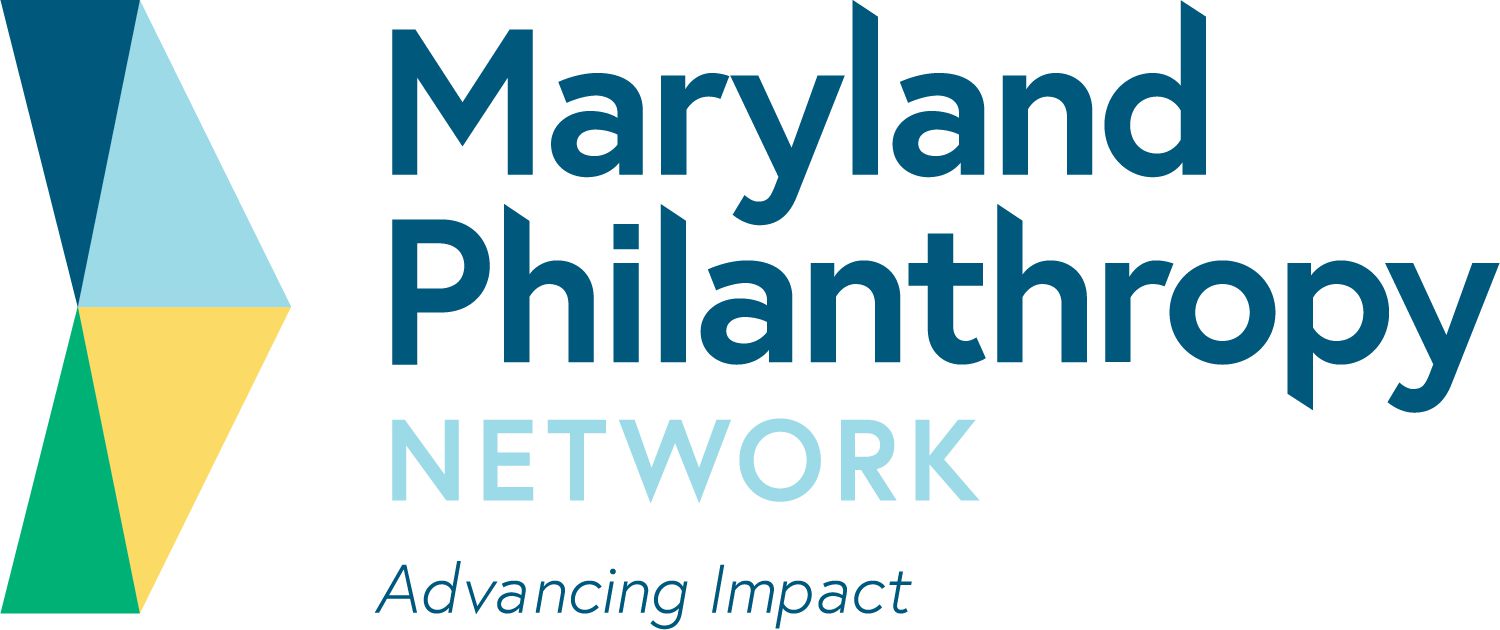The Baltimore Workforce Funders Collaborative is working with Byte Back, Pass IT On, and the Baltimore Digital Equity Coalition to identify a trainer(s) who will develop and facilitate a trauma-informed care training for up to 15 workforce development nonprofit professionals. The goal of the training will be to increase the capacity of direct service agencies by applying trauma-specific strategies to their normal service deliveries, improving the services provided to clients who have experienced trauma, and advance digital equity.
A message to the Maryland Philanthropy Network membership from our President and CEO Danista E. Hunte.
The National Fund for Workforce Solutions knows the most effective solutions start with the people closest to the work. The Baltimore Workforce Funders Collaborative (BWFC) at Maryland Philanthropy Network is a powerful example of what’s possible when workforce solutions are rooted in community. During a recent visit, BWFC hosted the National Fund's Board of Directors and staff team for a day that showcased their deep relationships and bold worker-centered approach. From listening and learning to seeing workforce programs in action, it was clear how important deep community relationships are to the success of BWFC’s efforts to reshape the future of work in Baltimore.
RESOURCE FOR MEMBERS ONLY
View materials from Food for Health at all Ages.
FIND MORE BY:
On August 14, 2021, a 7.2 magnitude earthquake hit Haiti. Hundreds have been deeply affected and thousands are injured while others will be left homeless or jobless. It can be tricky to determine how to sift through the information to prioritize philanthropic action. Our colleagues at Hispanics in Philanthropy and the Center for Disaster Philanthropy have both compiled lists of trusted resources to help philanthropy bring attention and aid to affected communities. We encourage you to review these resources and share your generosity by making donations to affected residents of the island.
A message to the Maryland Philanthropy Network membership from our Interim President and CEO Kevin McHugh.
Click here to view materials from "Baltimore Seniors and Housing Collaborative | Taking Care of Our LGBTQ Elders".
FIND MORE BY:
Seems to me that the much-anticipated leadership transition for nonprofit organizations is now occurring.
In May, I had the great privilege of participating in the Harry and Jeanette Weinberg Foundation's weeklong Israel Mission. What a life-enhancing experience it was!
Maryland Philanthropy Network welcomes 2017 Annual Meeting Speaker, Paul Schmitz back to Baltimore for an interactive workshop to help funders explore how community engagement can advance their and their grantees' results.
Building off of a successful first round of work and through support from Living Cities, the Annie E. Casey Foundation, and the Goldseker Foundation, the Baltimore Integration Partnership (BIP) launched 2.0 in 2014 to deepen anchor institution’s efforts to support area residents, businesses and communities.
Please join us for a conversation with Chris Ryer, Director of Baltimore City Department of Planning.
We all benefit when local economies offer equitable, stable jobs. Two new tools are being piloted in Baltimore to enhance the ability of companies and their employees to prosper.
If you look at nonprofit financials every day or only a few times a year, this workshop is for you. Philanthropic due diligence should include examination of a nonprofit organization's financial health. Not only does the funder gain a risk perspective, but there is an opportunity to help the organization understand its own path to sustainability and fulfilling its mission.
Please join Maryland Philanthropy Network and your nonprofit colleagues for a presentation by experienced Certified Public Accountant, Leah Abrams of L. Abrams & Company, LLC. Ms. Abrams will describe the main financial management issues currently facing nonprofits, various approaches to developing a budget, ways to tell the story of your work through numbers, and what funders are looking for in your budget. There will also be time to have your specific questions and concerns answered. You’ll leave with practical tips and resources for further learning about budgeting and nonprofit financial management.
Please join Maryland Philanthropy Network's Baltimore Seniors and Housing Collaborative, in partnership with the Community Development Network of Maryland and Maryland Consumer Rights Coalition, to learn about coordinated, equity-focused policy responses to maintain housing security for seniors. Presentations will new research on reverse mortgage patterns among senior homeowners in Baltimore City, recent national research on the lack of sufficient affordable housing available to a growing share of senior renters, and plans for the launch of federal stimulus aid to prevent mortgage foreclosures in Baltimore City and the State of Maryland.
Please join Maryland Philanthropy Network’s Aging Innovations and Health Funders Affinity Groups a conversation about the development and implementation of local programs that align with the national strategy announced at the White House Conference on Hunger, Nutrition, and Health. We will learn about the healthcare infrastructure Maryland is developing that includes dietary screening, diagnosis and billing codes, and staff protocols for prescribing diet interventions.
The Morehead-Cain Scholarship at UNC at Chapel Hill has a Civic Collaboration Summer for rising sophomores, and five scholars were assigned to work with Maryland Philanthropy Network and the Middendorf Foundation. This study looks to explore both the permit and grant processes from the perspectives of nonprofit organizations, foundations, and the Baltimore City Government. By interviewing various stakeholders, the scholars gained insight and understood just how complex these processes were. All sides provided their experiences, which led the scholars to develop key takeaways and recommendations to create a more efficient system.
Maryland Philanthropy Network is committed to helping our members learn to practice philanthropy in service of equity and justice. Community-Centric Fundraising (CCF) is a movement aspiring to transform fundraising and philanthropy so that they are co-grounded in racial and economic justice. CCF invites fundraisers and funders to examine the problematic philosophies and practices we've been upholding.

